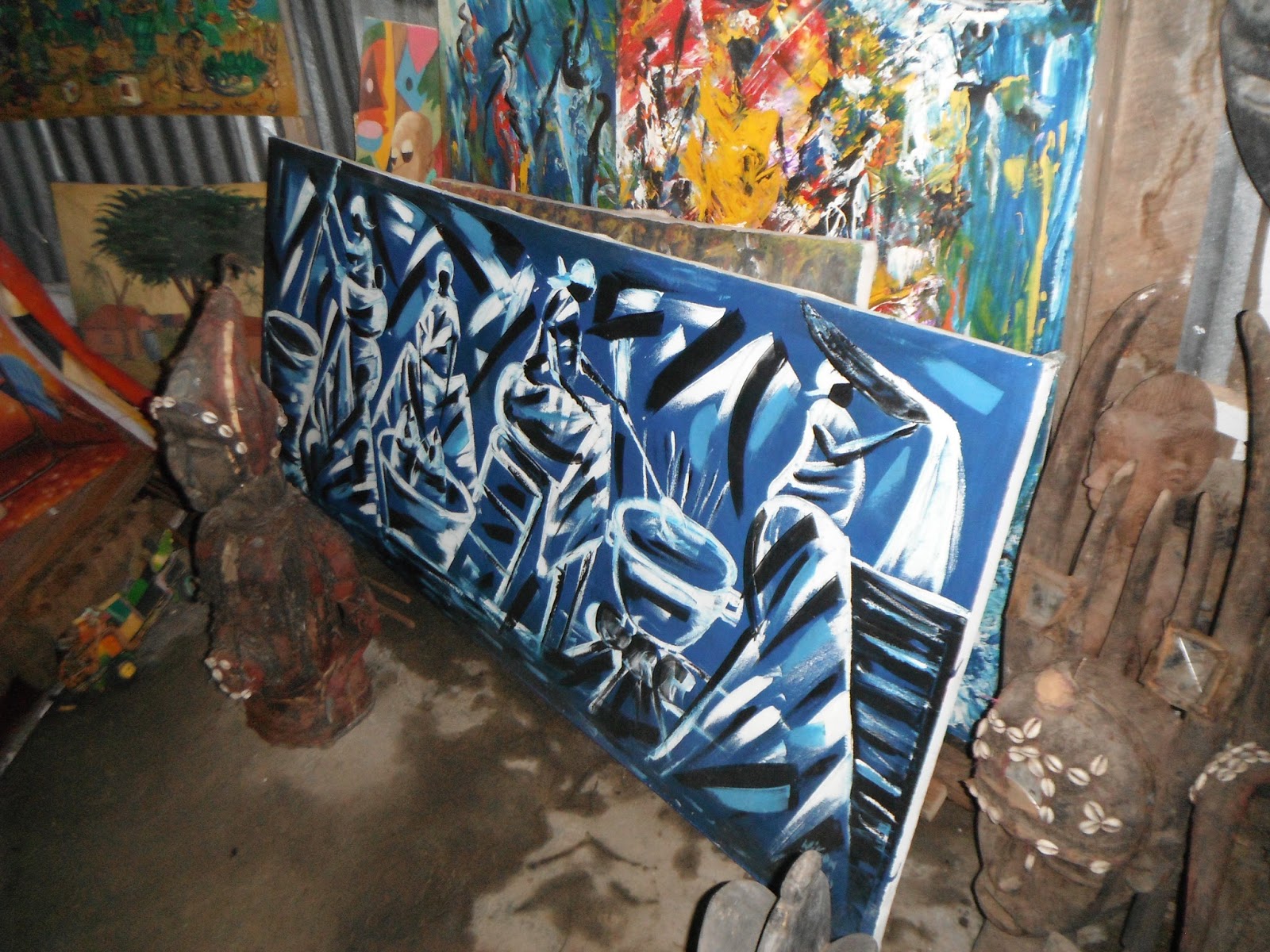Every mainstream tourist shop in the Western world seems to
have the souvenir that I love to hate:
little spoons. Those little
silver colored spoons with the name and perhaps an image of the location
somewhere on the spoon. They are often
of cheap quality and come in a white plastic box with a clear cover and red
fabric inside. I think they are
ugly. And a dumb way to remember a place.
However, there is something awesome about little spoons. They are small and easy to travel with. Given some of the items I have traveled home with, “small and easy to travel with” is very attractive. Over the past few years I have brought home honey in glass jars (one of which broke en route), water color paintings (that needed to be kept dry), alcohol made in the Korea that the US doesn’t like, heavy and bulky kilims (aka woven floor coverings that aren’t carpets; carpets are knotted, not woven) and various other odd objects. (I also once arrived at Logan airport with a set of IKEA euro-square pillows before they were easily available in the US; imagine my conversation with the customs official. “Pillows?” “Yes, pillows.”)
After spending six months in Liberia, I was searching for
appropriate items for family and myself.
Aware that my most over-the-top gift was from a member country of the axis-of
evil, I was at a loss for how to top that one.
Thankfully for my law-abiding family, I decided that Grand Kru gold
dust, 18 grams of it, which a couple engaged in illegal gold mining brought to
my house one afternoon, probably wasn’t a good gift. Nor should I ask if they knew anyone involved
in the illegal diamond market. It’s one
thing to not declare a box of chocolate, it’s another thing to violate
international law. (Should I ever travel
to Afghanistan, heroine will not be my souvenir of choice either.)
I found my items for family – not as small as little spoons,
but least not breakable. I, however,
always get items for myself also. Given
that Liberia doesn’t specialize in kilims or carpets, I moved on to my other souvenir
of choice - paintings. Yup. I, who hate blank walls, have a tendency to
purchase paintings and other walls art.
My requirement for paintings is that the image needs to
represent something I have seen in the country.
It needs to depict an image in my head, from my experience. It needs to speak to me.
However, I also have a talent for falling in love with either the most
expensive or otherwise most prohibitive items available. For example, in the Monrovia American Embassy, there is a
fantastic (and very large painting) of the rubber plantations. I saw it and fell in love with it. Unfortunately, a) it is not for sale, and b)
if it were, it would be thousands of dollars.
When I arrived in Monrovia in July for my final stay, I headed right
for the art shops. There was one
painting I had seen months before that I remembered and wanted. A woman with a washboard doing laundry.
While in those shops, I saw the thing I
really wanted – a painting of rubber plantations. The painting of the woman doing laundry
was a reasonable size, given that oil
paintings can be removed from frames, rolled up, and put in a suitcase. The painting of the rubber plantation was a
larger and might not fit in a suitcase (rolled up), but it was awesome and
worth the effort. So, I decided that
both paintings needed to come home with me.
 |
| Washboard painting being removed from frame and rolled up. |
 |
| Painting depicting Liberians working in a rubber plantation - Firestone is the most well-known. |
And then I looked in the back of the shop. “Wow.
That’s awesome. Wow. That’s huge.
Crap. I want that.”
 |
| Art shop in Monrovia. My painting is the large blue, black and white one on the ground. |
A third
painting. Depicting four women doing various
tasks – cooking, pouring water from a basin on her head, cleaning fish, and pounding cassava. The woman carrying water reminds me of my
neighbor Rita who helped me fill the barrel of water in my bathroom when I
arrived. The woman cooking reminds me of
the women in the market on Saturdays who fry doughnuts. The women cleaning fish remind me of the
women who purchase the fish in Picnicess and travel to Barclayville with fish
on their heads to sell. And the woman pounding food reminds me of the many women pounding cassava. All those in awesome bold blue, black
and white.
I asked the price,
hoping it would be at least $300, because if it was more than I wanted to pay,
I could easily walk away.
“How much is that one?”
“$150”.
“$150”.
And in my head, I thought “Crap.
$150. I could get him down to
$100. Now, I need to buy it.”
A few days later, I showed up with the cash and, for $110, purchased a painting
that is a meter high and longer than I am tall.
It is huge. But it is also an
original piece of art that reminds me of Barclayville and some of the women
there.
I have jokingly explaining to people that “I am decorating
my house, which I don’t yet have. By the
time I get the house, it’ll be completed decorated.” If I liked little spoons, somewhere I would have
a displace case with a whole bunch of those silly items stacked next to each
other and either blank walls or walls covered in faux art from Pier 1 or IKEA. Instead, I now need home with sufficient wall
space to hang all of my various treasures, including a ginormous painting.

No comments:
Post a Comment